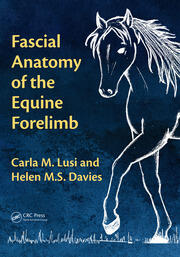Rakel - Sneakers, Black / 8
Do you feel an uncomfortable and painful sensation while walking? Then the ergonomic shoe is exactly what you and your feet need! Say “goodbye” to uncomfortable shoes and foot pain! Enjoy ultimate comfort and support the health and flexibility of your feet with Rakel orthopedic shoes. Our custom-made, comfortable orthopedic shoes are perfect for relieving foot pain, heel spurs, flat feet, Achilles tendonitis, plantar fasciitis, knee pain, back pain and other uncomfortable conditions. What makes Rakel orthopedic shoes so popular? ✔ High-quality insoles: High-quality insoles with anatomical arch support restore balance to the foot and body. ✔ Supports individual foot anatomy: Supports individual foot anatomy: The natural shape of every foot is different, but our IE technology ensures the insole adapts to your foot. ✔ Wide Toe: Eliminates painful pressure from bunions and hammertoes. ✔ Premium Tech System: Ergonomic shock absorption that significantly reduces the impact of each step. ✔ Precise fit: For us, comfort comes first. That's why we worked hard to develop a shoe that fits perfectly, from the narrowest to the widest. You live without comfort. Our products are designed to improve your quality of life by restoring the health of your stressed feet through high quality techniques and materials. They have been developed with the anatomy and ergonomics of the foot in mind. SIZE CHART

















